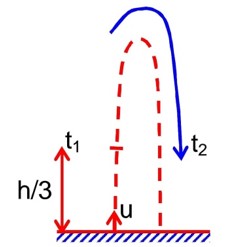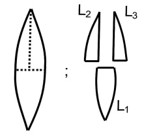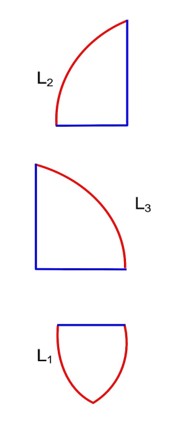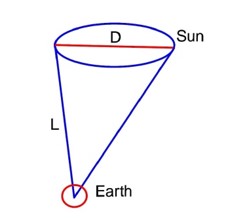Physics NCERT Exemplar Solutions Class 12th Chapter Nine
Get insights from 101 questions on Physics NCERT Exemplar Solutions Class 12th Chapter Nine, answered by students, alumni, and experts. You may also ask and answer any question you like about Physics NCERT Exemplar Solutions Class 12th Chapter Nine
Follow Ask QuestionQuestions
Discussions
Active Users
Followers
New question posted
4 months agoNew question posted
4 months agoNew answer posted
5 months agoContributor-Level 10
The image is real when it is formed by the actual convergence of rays and it can be projected on a screen. For example, when the object is placed beyond focus, and the image is formed either by the convex lens or concave mirror.
The image is virtual, if it is formed by the apparent divergence of rays and it cannot be captured on a screen. For example, when the image is formed by the convex mirror or plane mirror.
New answer posted
5 months agoContributor-Level 10
Simple microscope: When the object is placed within the focal length, the simple microscope works on the principle of producing an erect, virtual and magnified image. To magnify small objects, the simple microscope uses a single convex lens.
Compound microscope: It uses two lenses including an eyepiece and objective. The objective lens creates a real, magnified, and inverted image which acts as the object for the eyepiece, which in turn magnifies it further.
New answer posted
5 months agoContributor-Level 10
In Ray Optics And Optical Instruments questions, when using lens and mirror formulas, sign convention helps in maintaining consistency. The sign convention determines whether quantities like image distance, object distance, and focal length are taken as positive or negative. The incorrect usage of these sign conventions mostly leads to wrong magnifications and image positions. For accurate results, it is essential to follow the Cartesian sign.
New answer posted
5 months agoContributor-Level 10
This is a multiple choice answer as classified in NCERT Exemplar
(a, b, c) The length of the telescope tube L= f0+fe= 20+0.02= 20.02m
Also magnification is = 20/0.02= 1000
And image formed is inverted
Taking an Exam? Selecting a College?
Get authentic answers from experts, students and alumni that you won't find anywhere else
Sign Up on ShikshaOn Shiksha, get access to
- 65k Colleges
- 1.2k Exams
- 679k Reviews
- 1800k Answers





